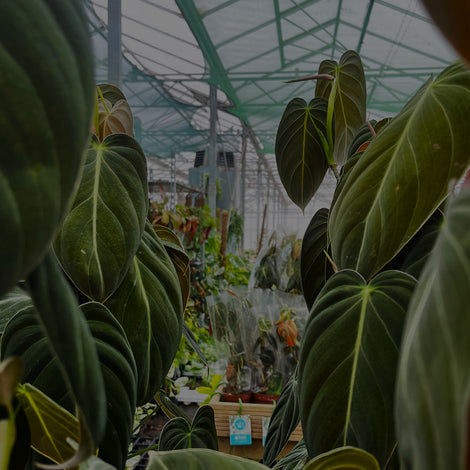How to water a Fern plant
Watering a fern correctly is crucial to its health and well-being. Here's a step-by-step guide on how to water a fern properly:
-
Check the soil moisture: Before watering your fern, check the soil moisture by sticking your finger about 1-2 inches into the soil. If it feels dry at that depth, it's time to water your fern. Ferns prefer consistently moist soil, but not soggy.
-
Use room-temperature water: Using water at room temperature helps prevent temperature shock, which can stress the plant. Avoid using cold or hot water.
-
Water at the base of the plant: Gently pour water at the base of the fern, ensuring that you wet the soil evenly. Avoid splashing water on the leaves, as this can lead to fungal diseases.
-
Water thoroughly: Continue watering until you see water draining from the bottom of the container. This ensures that the water reaches the entire root system. For outdoor ferns planted directly in the ground, water slowly to allow the water to penetrate deeply into the soil.
-
Drain excess water: If your fern is in a container, make sure the excess water drains out completely. Don't let the fern sit in standing water, as this can cause root rot.
-
Maintain a consistent watering schedule: Ferns require consistent moisture, so establish a regular watering schedule based on the specific needs of your fern species and the conditions in your home or garden. Keep in mind that watering needs can change depending on the season, temperature, and humidity.
Additional tips for watering ferns:
- Increase humidity around your ferns by placing a tray filled with water and pebbles near the plant, misting the leaves regularly, or using a humidifier. Ferns thrive in humid environments, and this can help prevent the soil from drying out too quickly.
- Adjust your watering frequency based on the time of year. Ferns typically require more water during the growing season (spring and summer) and less during the dormant season (fall and winter).
- Monitor your fern closely for signs of overwatering or underwatering. Brown, crispy leaves can be a sign of underwatering, while yellowing leaves and a soggy soil may indicate overwatering.
By following these guidelines and adjusting your care based on the specific needs of your fern species, you can ensure your fern stays healthy and well-hydrated.
























Leave a comment
Please note, comments need to be approved before they are published.